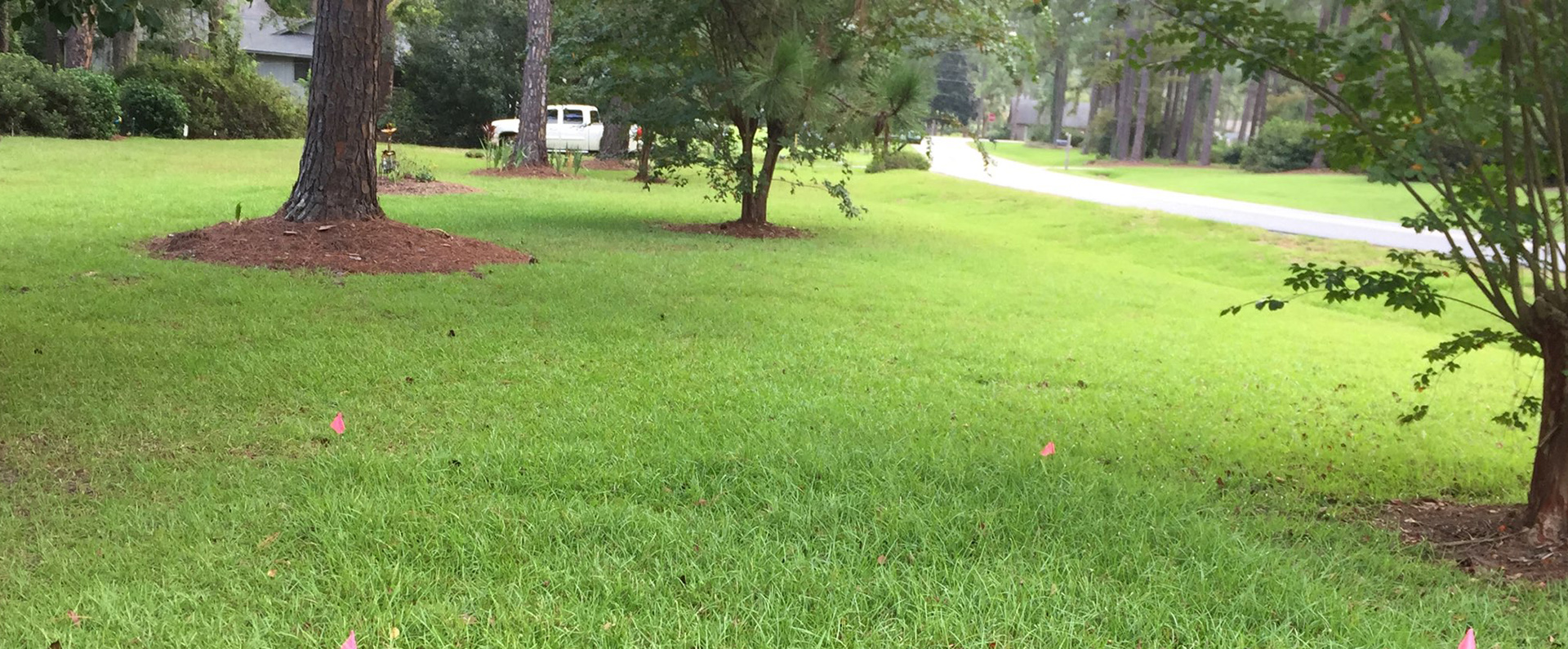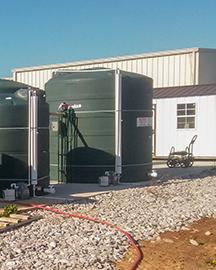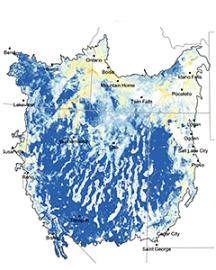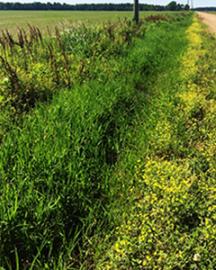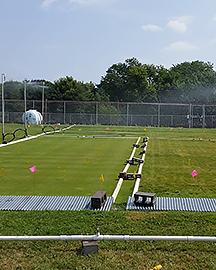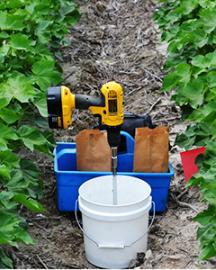Centipedegrass Provides Food for Our Pollinators

Centipedegrass is a popular lawn grass in the southeastern U.S., mainly due to its excellent heat tolerance and low maintenance requirements. As an added benefit, researchers at ARS’s Crop Genetics and Breeding Research Unit in Tifton, GA, discovered that bees were collecting pollen from centipedegrass flower heads. This is important because pollinator populations – which pollinate numerous fruit and vegetable crops—have been in decline worldwide for several decades. The increase in turfgrass lawns is frequently cited as contributing to this decline, because grasses do not support bees and because pesticides applied to lawns to protect them from insects might also kill pollinators.
From this discovery, homeowners and landscape managers are recommended to apply insecticides conservatively to maintain essential pollinator populations visiting landscape plants such as centipededgrass.
Related Information


